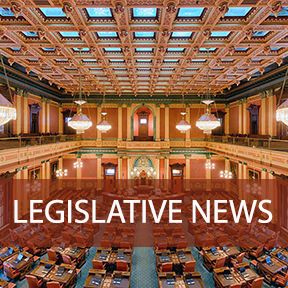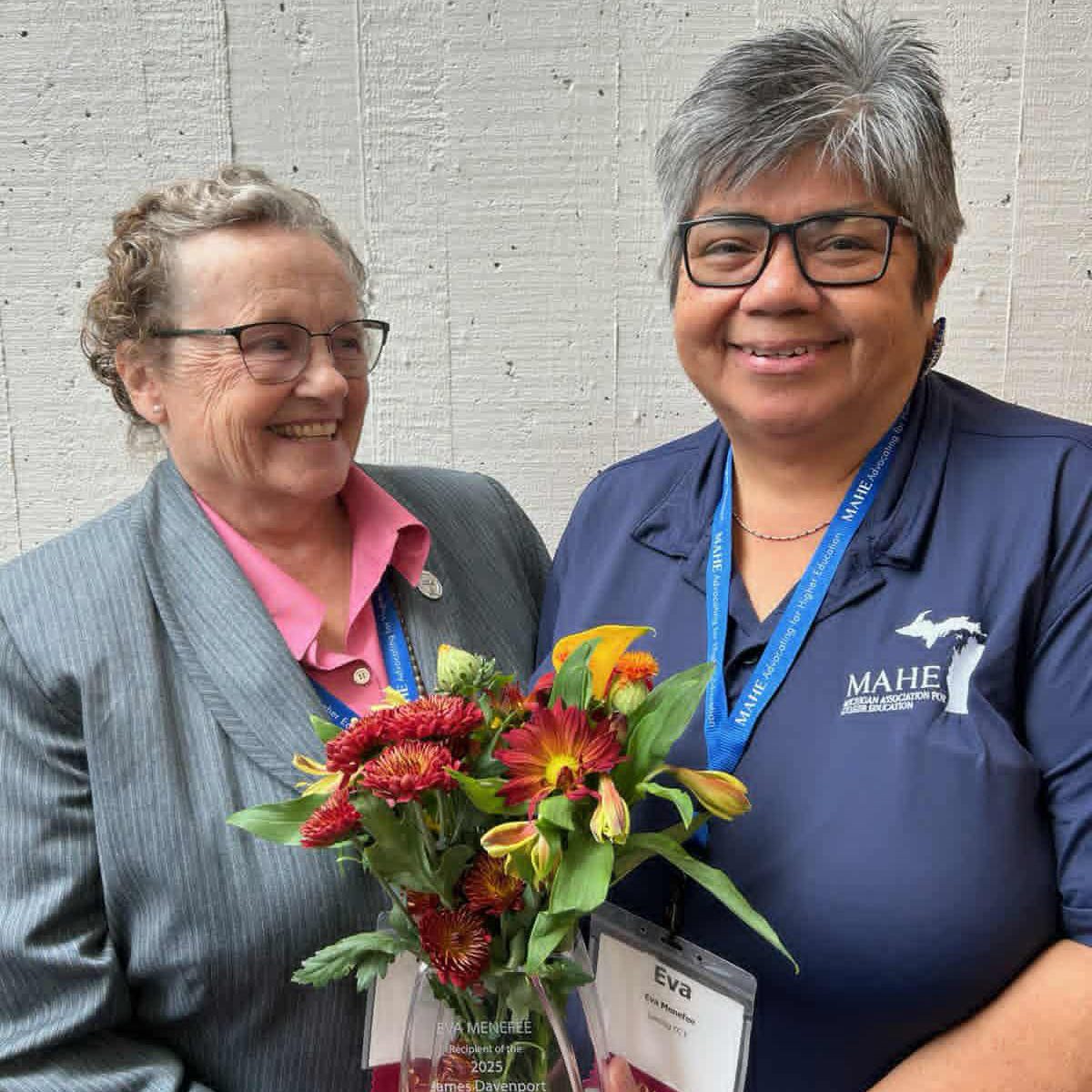Labor Voices: Student Health, Safety MEA Educators’ Top Priority
By Paula Herbart
When it comes to decisions on how to educate students, we must heed the voices of Michigan’s front-line educators. That’s been a steady refrain in my monthly columns – but it’s never been more critical than right now with lives on the line.
This week, the Michigan Education Association released the results of a member survey that underscores the concerns a vast majority of educators have with in-person learning amidst the global pandemic. Safety must come first. We appreciate the steps Gov. Gretchen Whitmer announced on Sunday to protect the public, students and school employees, but educators have made it clear they want and need further steps to be taken by state government and local school districts to stem the rising tide of COVID-19 cases.
Specifically, the MEA member survey – conducted last week with responses from more than 4,500 teachers and support staff across the state – revealed:
- Eighty-four percent are concerned about the safety of re-opening schools for in-person learning, with 71 percent of those educators noting specific concern for student safety along with their own.
- Nearly three-quarters believe virtual learning should be a part of their school district’s instructional plan.
- Ninety-one percent say mask wearing is being observed by school employees, and 78 percent report mask wearing among students all or most of the time.
- Only 18 percent are witnessing social distancing among students at all times.
Perhaps the most telling finding is 68 percent of educators in districts that have not yet fully opened are doubtful schools can return to full in-person learning in January, as some districts are planning.
It is clear that when it comes to educators, the health and safety of students is their top priority. But we can’t do it alone. MEA has called on state lawmakers to adopt a mask mandate to help combat the spread of COVID-19, a plea that has been shared by the governor and more recently by the incoming Biden-Harris administration.
It’s time to follow the advice of public health experts to mitigate the spread of this virus. Policymakers must support efforts to control the spread of the coronavirus until such time that a vaccine can be widely-distributed. Based on recent news reports, we know that day is coming but until it’s here, state lawmakers need to protect our students and school employees by putting health and safety before all else.
That means pausing in-person learning at all levels while cases are skyrocketing, and delaying decisions to transition to greater levels of in-person learning until infection rates are under control.
Beyond embracing virtual learning, schools also need to embrace virtual working. Roughly one-third of educators engaged in virtual teaching are being required to show up to empty classrooms to work, which poses an unnecessary risk.
MEA members are committed to quality instruction. This survey shows work still needs to be done when it comes to virtual learning. While a majority of educators believe virtual learning is effective for students, 41 percent have found it lacking, especially compared to the in-person learning we all agree is preferable independent of this pandemic.
Educators, school support staff, and the MEA are committed to improving virtual learning until we can safely return to classrooms. This starts with providing educators the training and tools needed to meet that mission. It also means tackling the digital divide that has too many students and families struggling to connect to virtual learning, as well as addressing well-founded concerns about the level of engagement students and parents have with remote education given the many challenges families are facing in these unprecedented times.



